Creating a wheelchair accessible home will provide an easy to maneuver living space and promote independent living. General modifications include changes to the kitchen, doorways, pathways, bathrooms, basements, and bedrooms. It is often overwhelming when there are so many changes to consider. This is a common feeling among homeowners. If you don’t know where to get started with upgrades and renovations, consider the following tips for having a wheelchair-accessible home.
Before you even read the rest of this article, check out our M45 power chair, which will complete your mobility needs.
Entrances
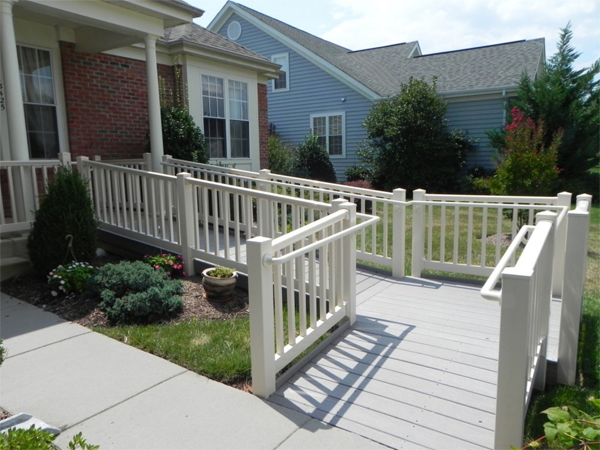
As a wheelchair user, you need to be able to easily enter and exit the home. You can choose to install a vertical platform lift for higher outdoor staircases, and all-weather outdoor stair lift or a portable ramp. The Americans with Disability Act provides the following guidelines for an ADA approved ramp. Depending on the wheelchair dimensions you will need a pathway that is 36 to 48” wide. It will need to have a slip-resistant surface, have a threshold edge height of at least ¼” and 12 inches of the ramp for each 1” of vertical use.
Doorways
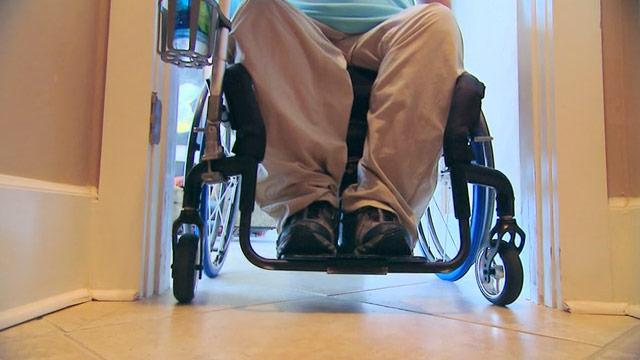
The standard doorway generally measures 32” across. To modify a doorway to easily fit a wheelchair, it should at least span 36” across. If you are not able to make this type of change to your home, you can consider removing the door itself, removing the frame around the doorway, reverse the swing of the door or offset the Z-shaped hinges.
Doorknobs
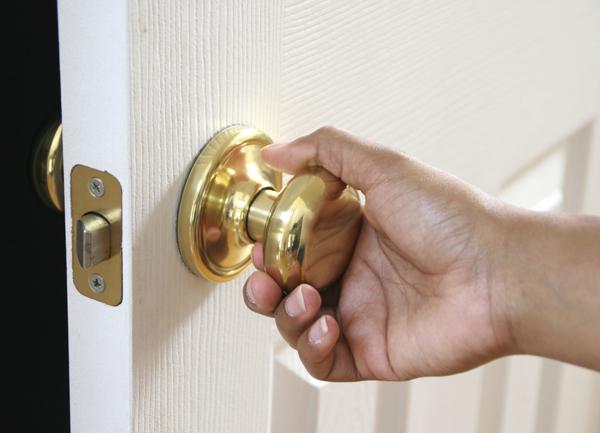
You will want to consider the effectiveness of the door in your home. To make your doors useful instead of a hassle to deal with you will want to lower doorknobs on all doors to 36” from the floor. You will also want to replace the doorknobs with handles for easier use. A more expensive option is installing automatic door openers for each door.
Garage
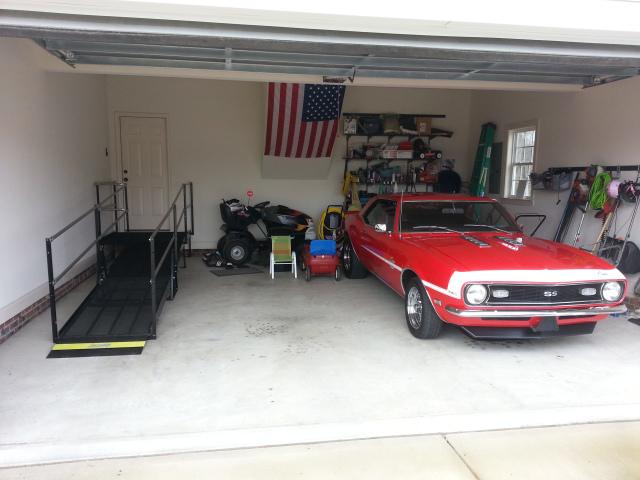
The garage can be used as an alternative entrance to your home. You will want to establish a wheelchair accessible floor area for easy car access and create an interior door ramp.
Flooring
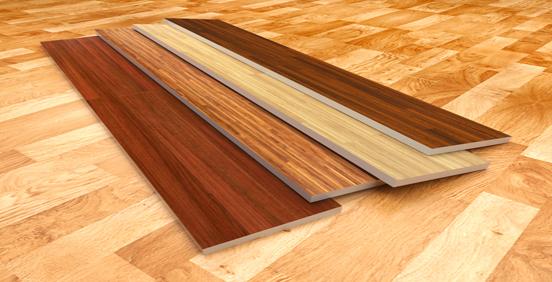
Rugs and carpeting can become problematic as you navigate through your home. You may want to consider installing tile or hardwood flooring for easier maneuvering.
Kitchen
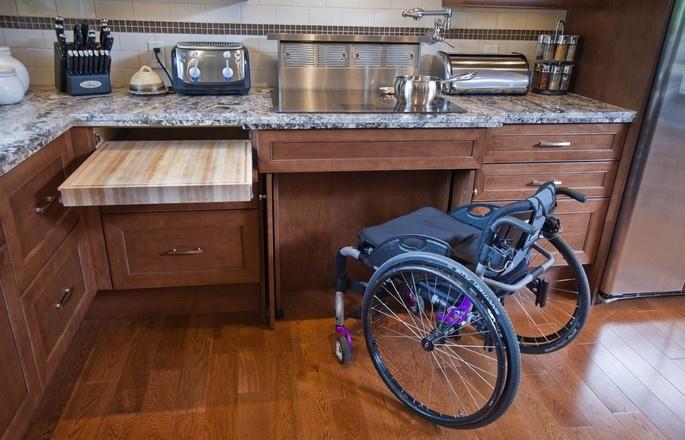
The kitchen is often the most frequently used room in the house. There are a variety of things to change including appliances such as lowered stoves and ovens as well as accessible refrigerators. The cabinets and countertops all need to be lowered so it is easy for you to reach. Roll-out storage units are helpful as well. The height and positioning of the sink need to be at a height where you can comfortably roll your wheelchair underneath it. The kitchen table or dining table should measure 27” floor-to-table height and 30” x 48” seat spacing.
Bathroom
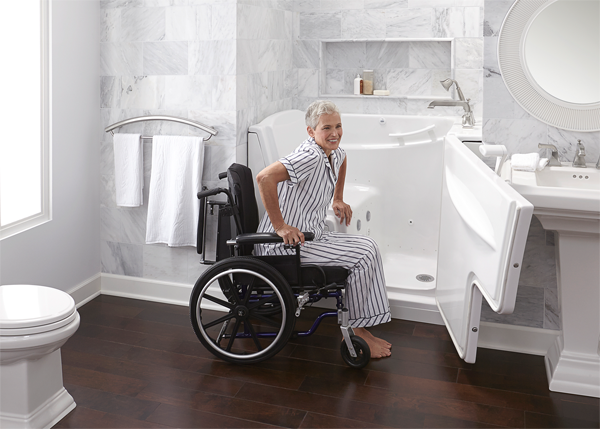
The bathroom is one of the most complicated areas of the house to maneuver. Wheelchair accessibility in this room is essential to your independence. You will want to install a commode lift, grab bars next to the toilet, in the tub and shower with 36” clearance and a bathtub lift with a 13” – 30” bottom. A roll-in shower is recommended for easy access. You will want to also have a handheld showerhead installed. Additional modifications include 2’ to 3’ of space to transfer on either side of the toilet and a 34” lowered sink to provide knee clearance.
Bedroom
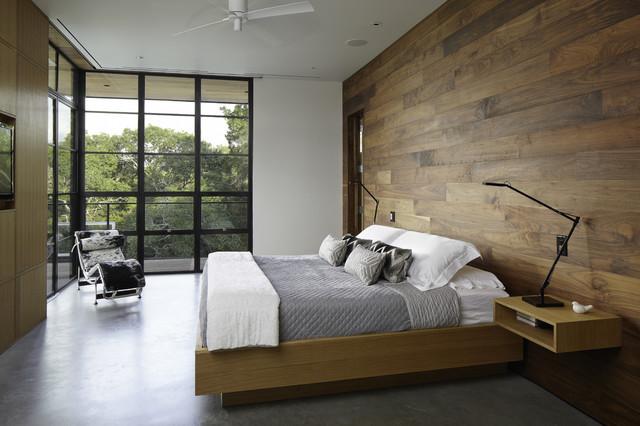
Minimize your bedroom furniture to a bed, dresser and two night stands. Leaving open floor space allows you to maneuver around the room easier. If you need assistance getting in and out of the bed you can choose to install a manual trapeze or overhang lift.
Basement
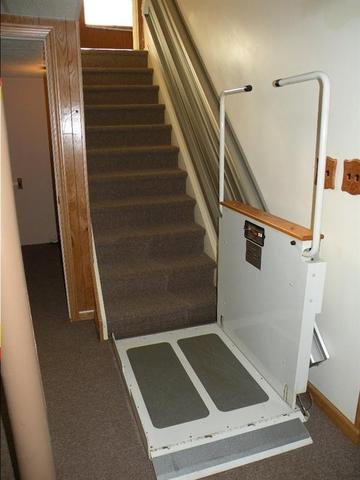
If you have a basement in your home you will want to install a stair lift for easy access.
Lighting
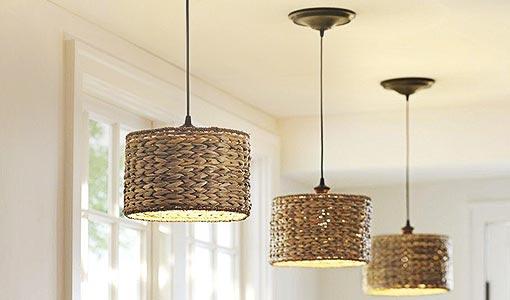
Your home should be capable of being well-lit any time of the day. You will want to have light switches lowered for easy access. There are also technical gadgets that you can program to a remote control which allows you to have easy access to controlling lighting in all rooms.
Security
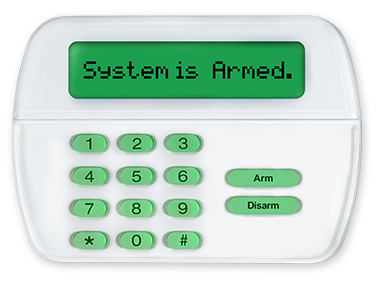
Making your home safe and secure is essential to your well-being and peace of mind. Installing a reliable alarm or security system will protect your home as well as your family. Alert and phone systems should be installed for easy and quick access throughout your home. Most security alarm companies provide a variety of types of alarms you could choose from, including voice communication and activation.
Outdoor Lighting
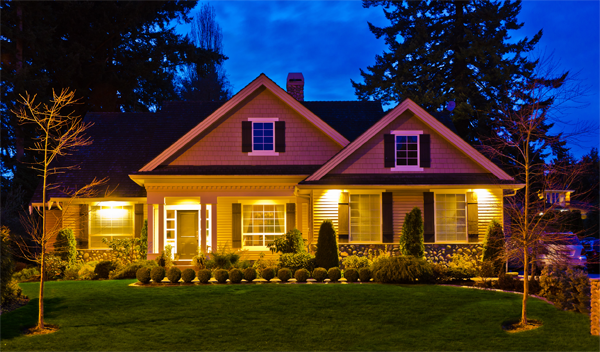
Leaving or arriving early morning and late night can force you to navigate in the dark. This can be dangerous and expose you to things you can’t see. For example, it could be raining and a puddle could form at the bottom of your ramp. If you don’t see it, you can splash into the puddle causing you and your wheelchair to get wet as well as dealing with getting stuck in the mud. Install outdoor lighting on your porch and along the pathway of your outdoor ramp for clear vision all the way to your car.
Preparing your home to be wheelchair accessible can be overwhelming as a DIY project. If you plan to make changes yourself, you may want to ask friends and family members for help. You may even have a carpenter in the family who can easily and quickly guide you on your renovations. You can also hire a professional who is familiar and experienced with wheelchair accessible homes. This will assure you the job will be done correctly. Start your renovations today by using these helpful tips and make your home wheelchair accessible.
